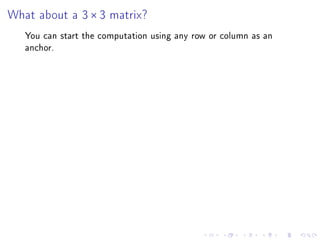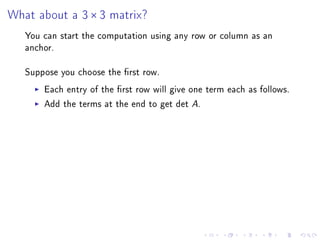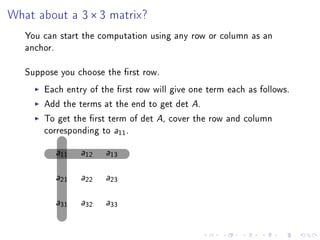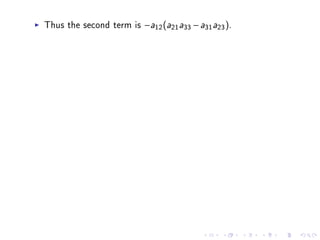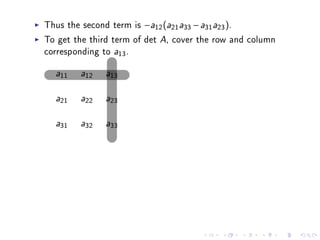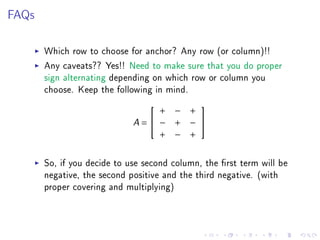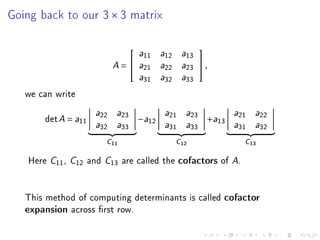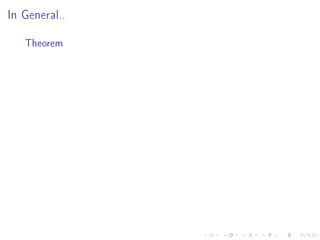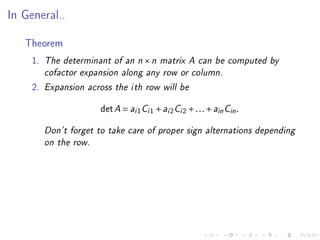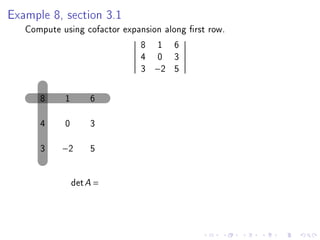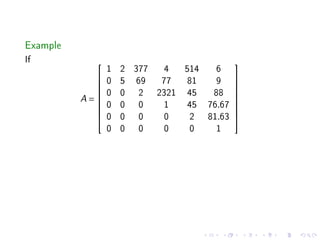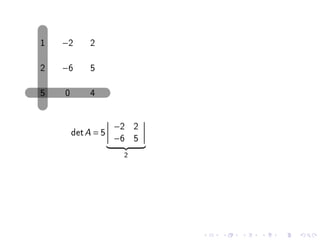The document contains announcements and information about an exam for a class. It includes the following key points:
- Students should bring any grade-related questions about Exam 1 without delay. The homework for Exam 2 has been uploaded.
- The professor is planning to cover chapters 3, 5, and 6 for Exam 2.
- The last day for students to drop the class with a grade of "W" is February 4th.









